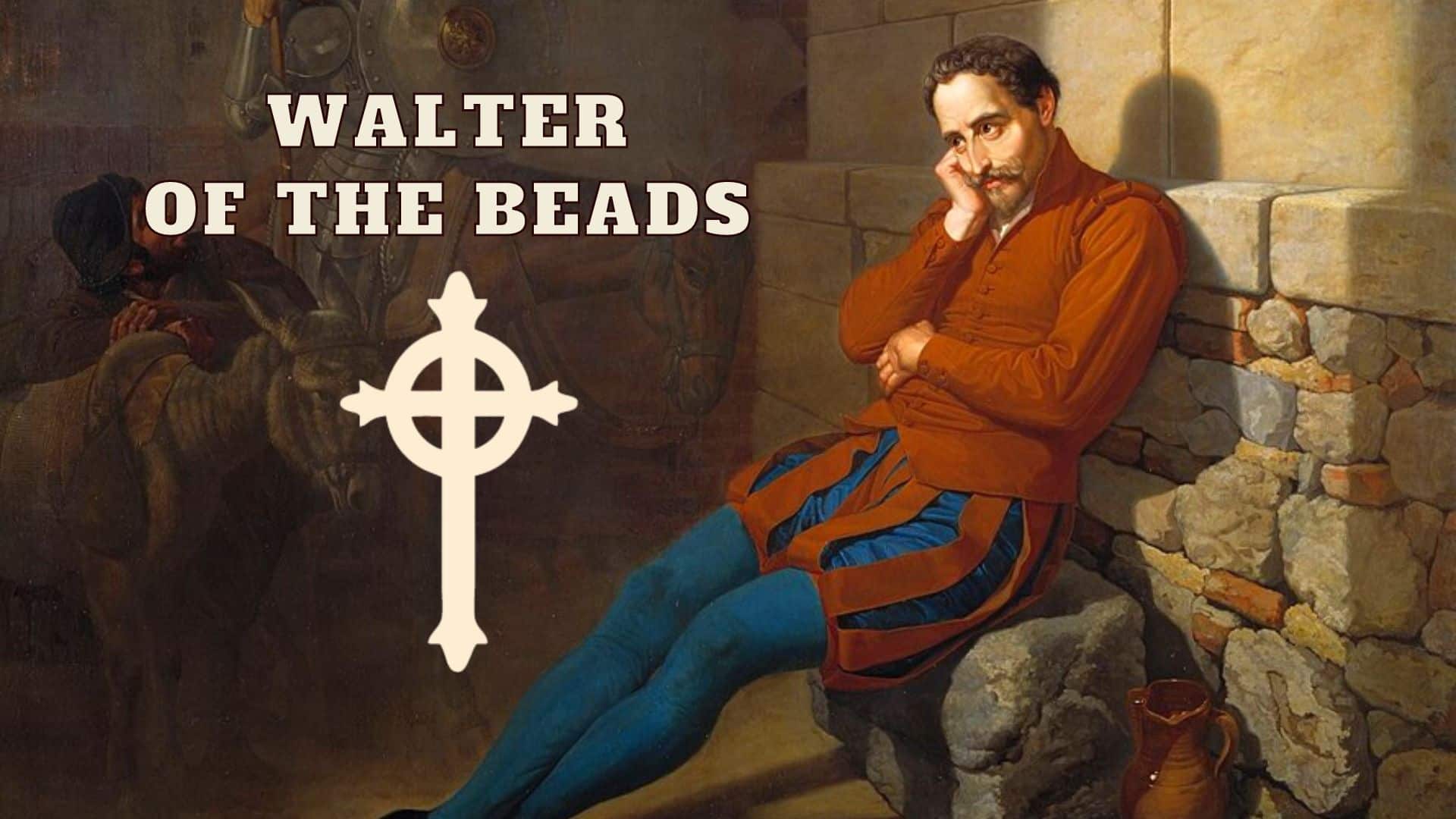The 13543 Butler asteroid recognizes the galactic contributions of John Christopher (“Chris”) Butler known as the “stand-up comedian of the scientific world.”
What are Asteroids?

If it’s been a while since you studied Earth Science, asteroids are small, rocky objects that orbit the sun. They are made up of rock, metals, and other elements. Some even contain water.
Asteroids were formed about 4.6 billion years ago when a big cloud of gas and dust collapsed and formed our solar system. Some of the dust condensed and formed planets. The leftover dust formed asteroids, which are considered minor planets.
Scientists study asteroids and small particles of asteroids that have landed on Earth (meteorites) because they provide important information about the history of planets and the sun.
Spacewatch Discovers a New Asteroid
On January 2, 1992, Spacewatch, a program that studies minor planets including asteroids and comets, scanned the sky from the Kitt Peak National Observatory near Tucson, Arizona.
Using a 1.8-meter telescope, the largest of its kind in the world, the Spacewatch team discovered a new main-belt asteroid between the orbits of Mars and Jupiter. It was more than two-and-a-half times farther from the sun than the Earth.
Additional research determined that the asteroid was 5.029 kilometers (a little over 3 miles) in diameter. It had an orbital period of 1,391 days, which means it takes about 3.8 years to make one full orbit around the sun.

The International Astronomical Union Recognizes a Butler
After the Spacewatch discovery was made, a body of scientists from the International Astronomical Union (IAU) was tasked with naming the discovery. Unlike commercial businesses that sell naming rights to stars and other objects, the IAU is the only recognized authority for naming celestial bodies. It determines final names in a number-name format in keeping with its principles as an international scientific organization.
After careful consideration of many proposed names, the IAU named the asteroid 13543 Butler in recognition of Chris Butler.
So, Who is Chris Butler?
John Christopher “Chris” Butler (b. 1964) is an artist, educator, and performer that specializes in astronomy and maritime subjects.
Chris grew up in the space program. His father, Robert E. Butler, was an engineer that worked on the Apollo Lunar spacecraft and the Space Shuttle. He would often accompany his father to work where he met people like the famed aerospace engineer and space architect Werner von Braun and most of the moon landing astronauts.
As an artist, Chris’ scientific illustrations have been published by thousands of publications around the world, ranging from The Times in London to Scientific American. His screen credits include the National Geographic Film “Forces of Nature,” Griffith Observatory’s “Centered in the Universe,” and “Our Little Corner of the Galaxy.” In addition, he has created exhibits for several museums, including the Santa Catalina Island Conservancy.
As an educator, Chris has served as an assistant art director for the Griffith Observatory in Los Angeles; a director of a children’s science museum; a financial analyst on the space shuttle for Rockwell International; a representative for a telescope manufacturer; and has presented at many scientific conferences.
As a performer, Chris was the first live planetarium lecturer aboard the Cunard Line’s Queen Mary 2, one of the world’s largest ocean liners with a planetarium theater. His ability to combine humor with a deep understanding of astronomy has earned him a reputation for being the “stand-up comedian of the scientific world.”
In his spare time, Chris has served as a vice president and board member of Orange County Astronomers, one of the largest astronomy organizations in the world, and has been actively involved in the Los Angeles Astronomical Society. He is a recipient of the Western Astronomical Association’s G. Bruce Blair Medal for service to astronomy.
Galactic Butler Aboo!

Asteroids might be mined for their minerals in the near future.
Primary Sources:
- NASA Space Place. (2021, August 26). What Is an Asteroid? | NASA Space Place – NASA Science for Kids.
- Jet Propulsion Laboratory California Institute Of Technology. (n.d.). Small-Body Database Lookup.
- Tate, I. (2010, December 9). Redlands Daily Facts. La Verne library hosts stars-and-constellations program.
- Sciencecenter.net. (n.d.). Welcome to the Chris Butler Art Gallery.













